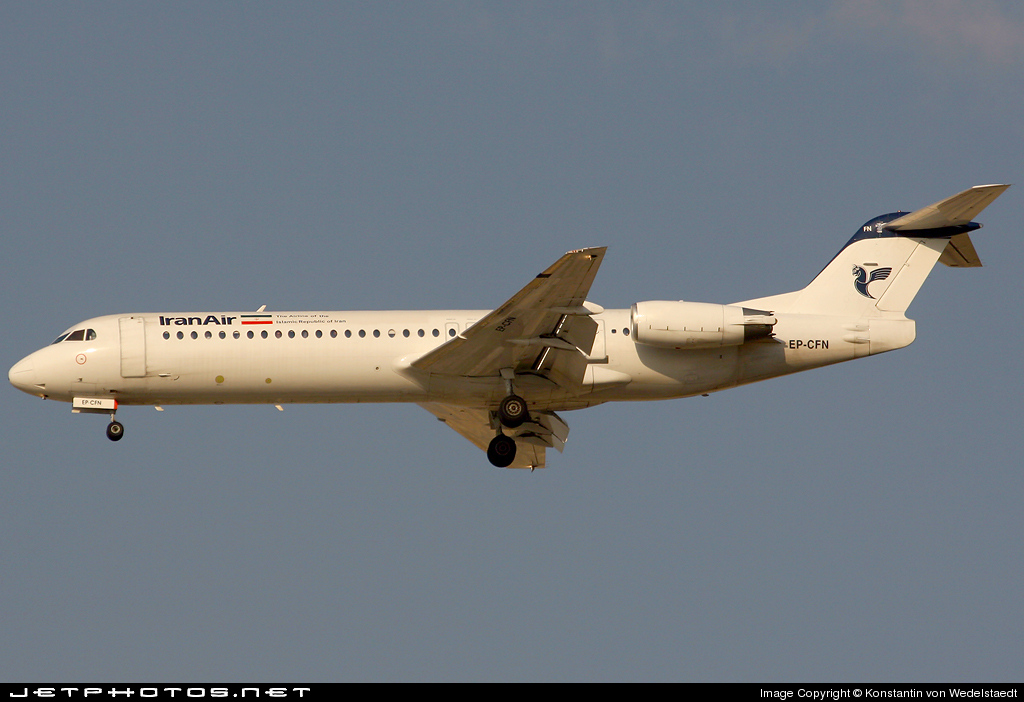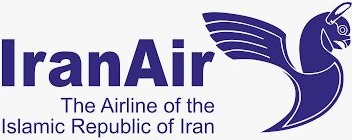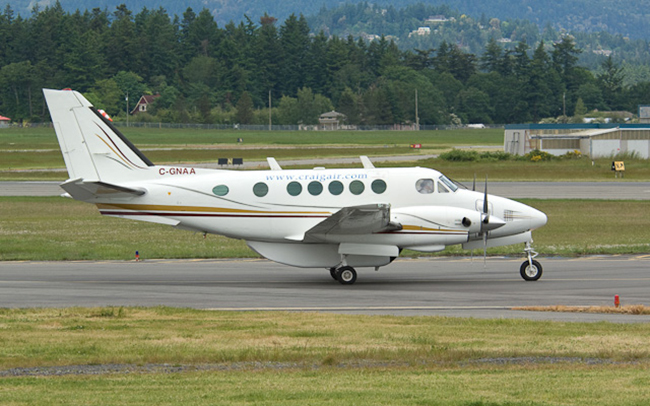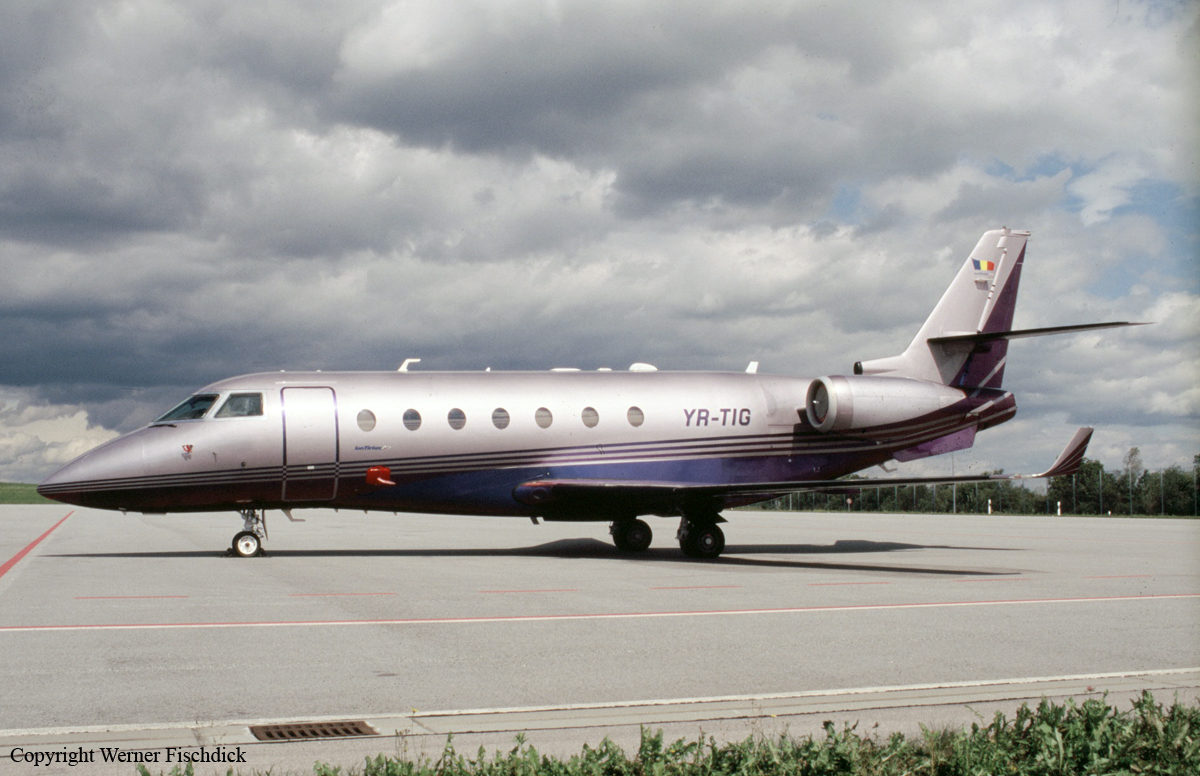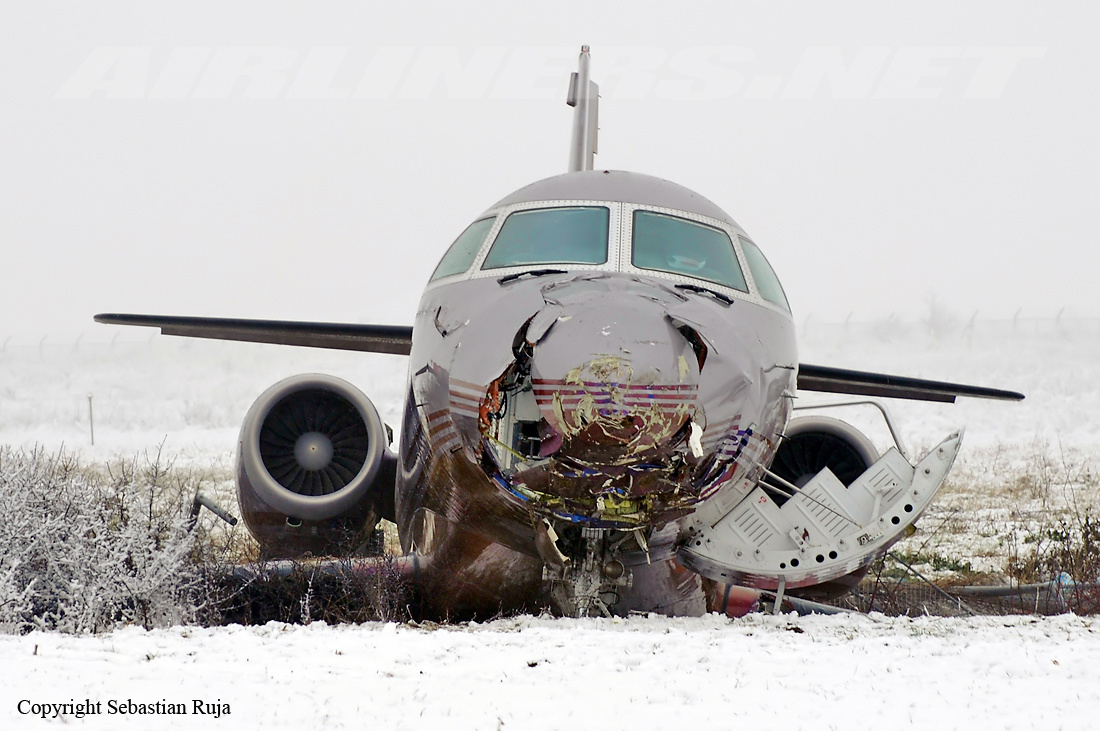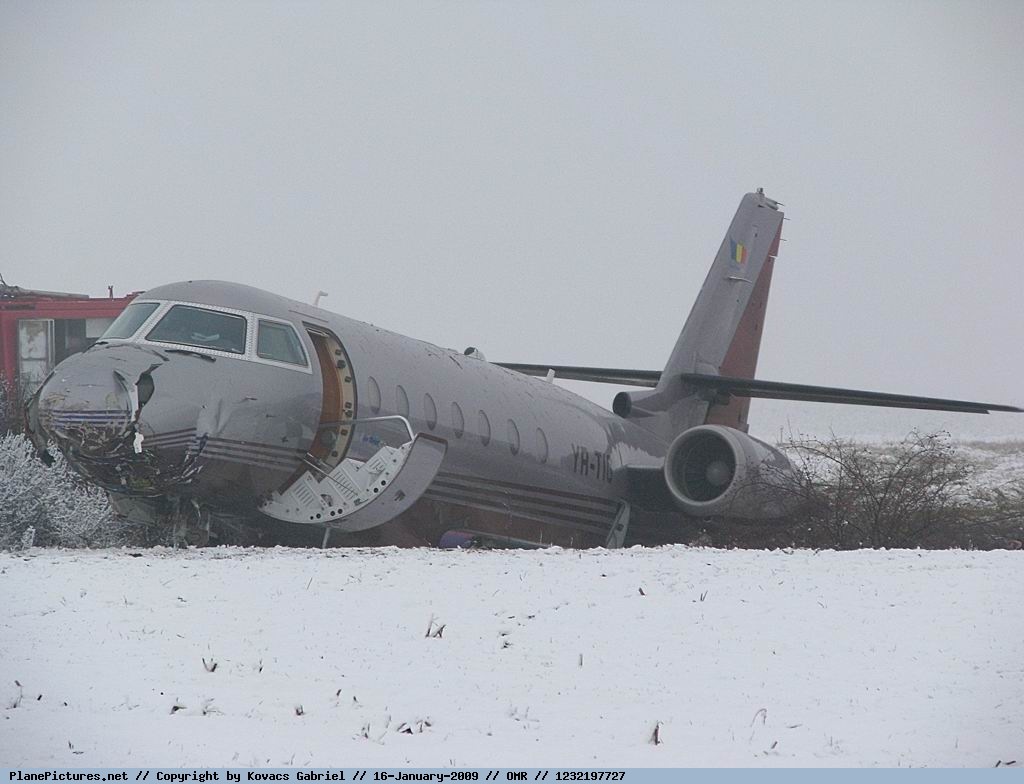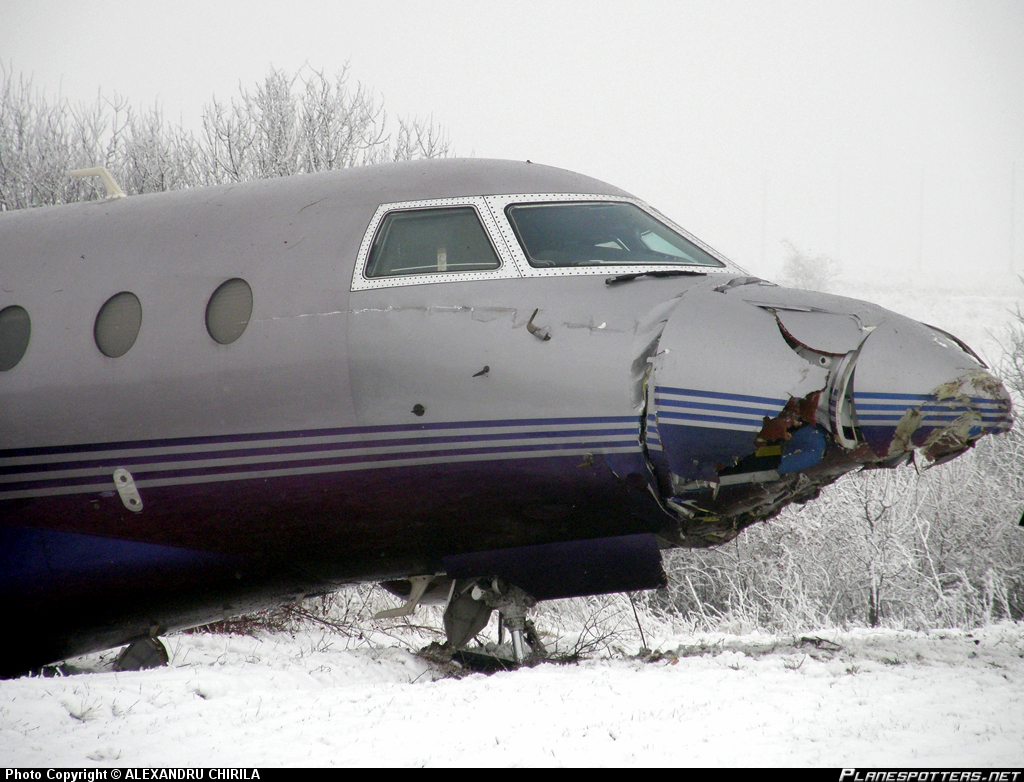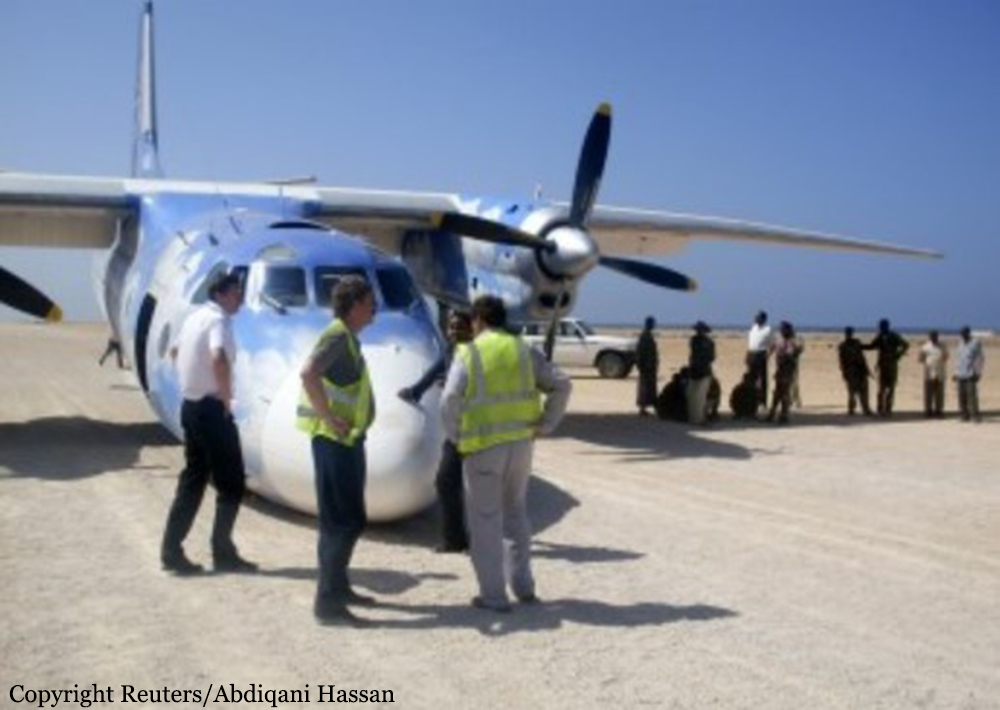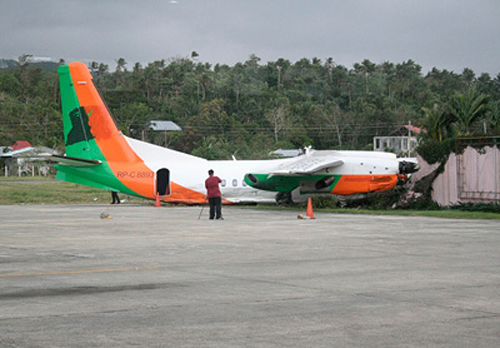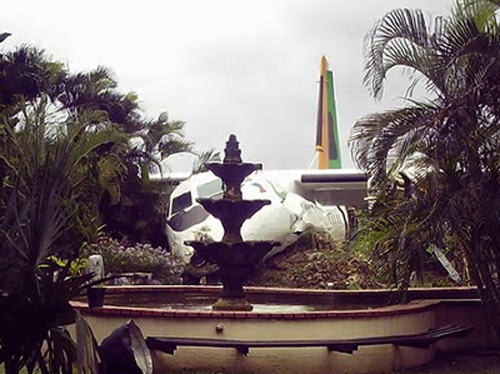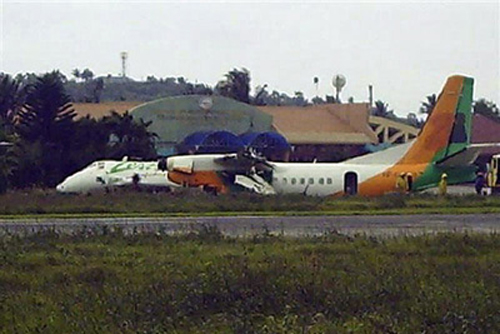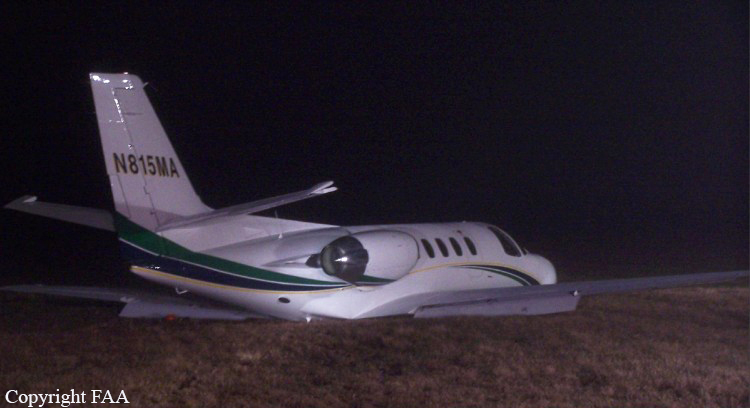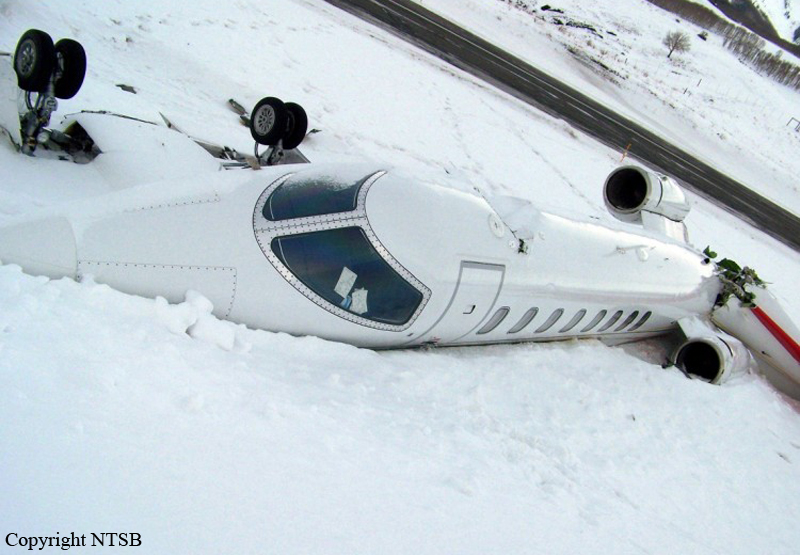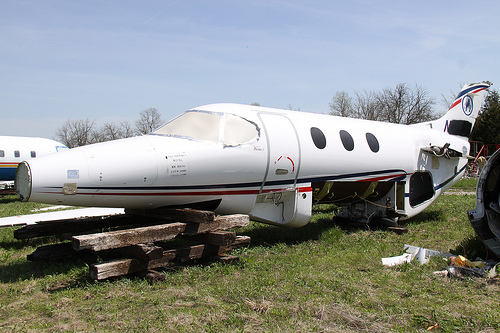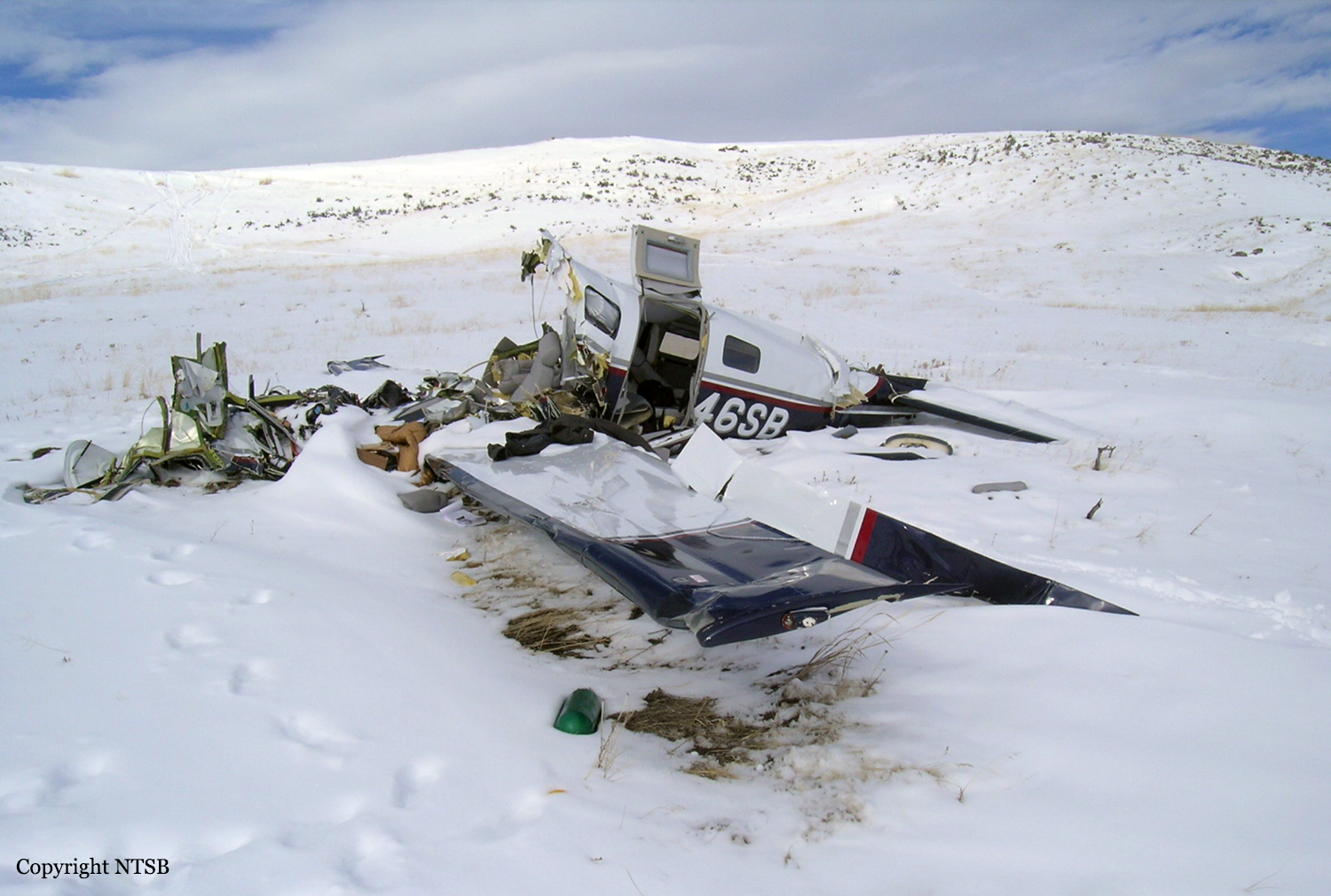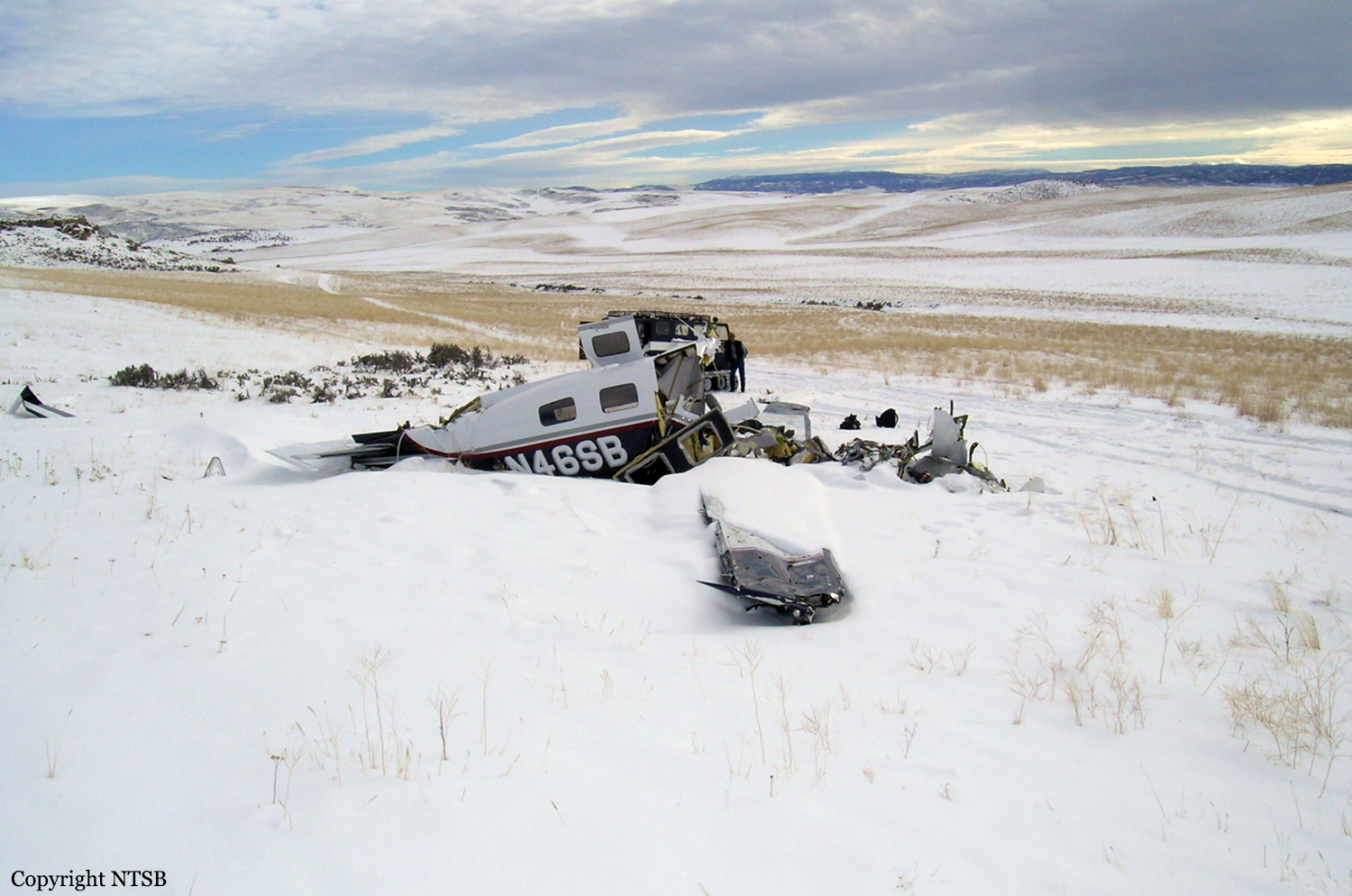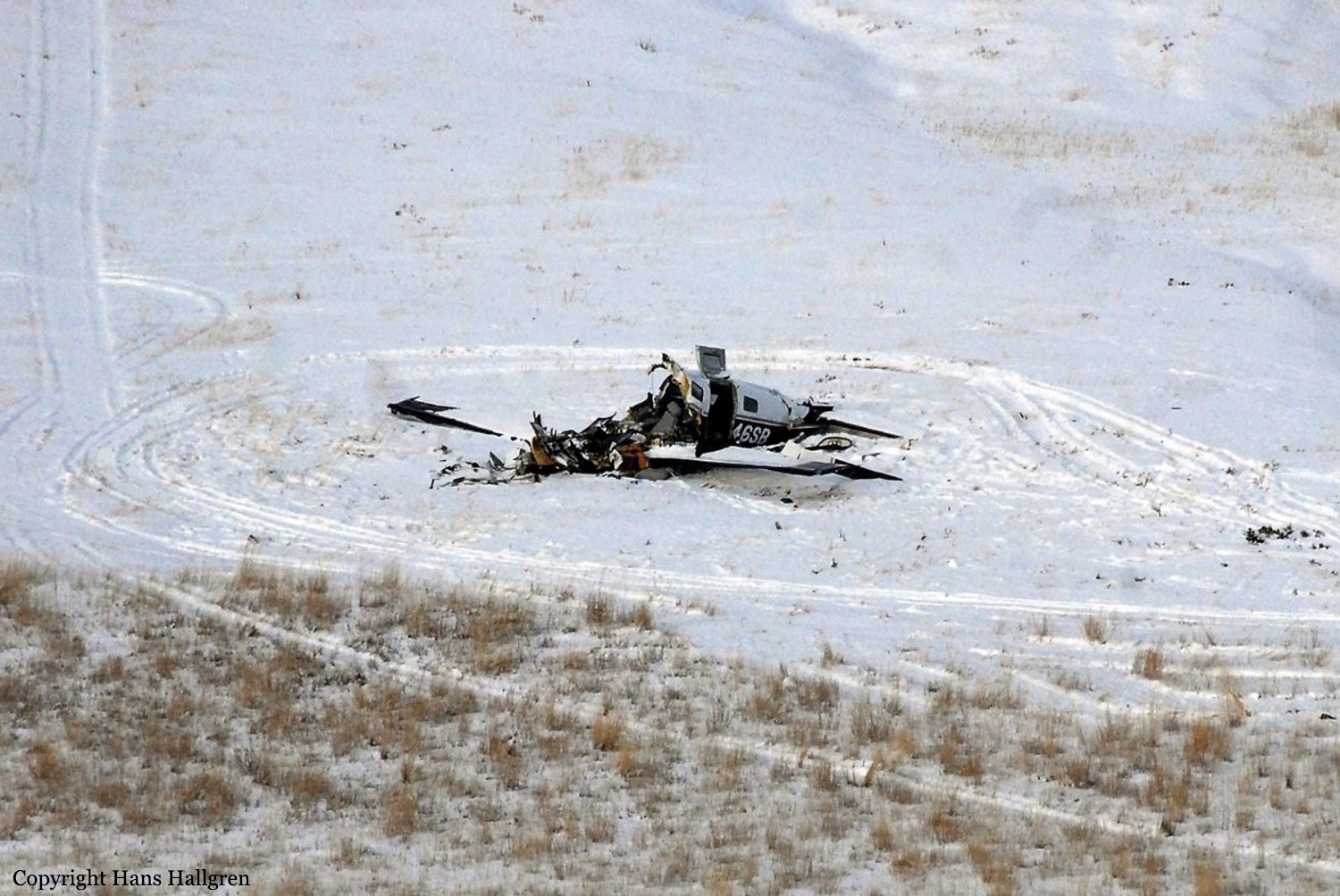Crash of a Fokker 100 in Tehran
Date & Time:
Jan 19, 2009 at 1701 LT
Registration:
EP-CFN
Survivors:
Yes
Schedule:
Ardabil - Tehran
MSN:
11423
YOM:
1993
Crew on board:
8
Crew fatalities:
Pax on board:
106
Pax fatalities:
Other fatalities:
Total fatalities:
0
Circumstances:
After landing on runway 29L at Tehran-Mehrabad Airport, the right main gear collapsed. The aircraft veered off runway to the right and came to rest. All 114 occupants were uninjured and the aircraft was damaged beyond repair.
Probable cause:
Failure of the right main gear upon landing for unknown reasons.
